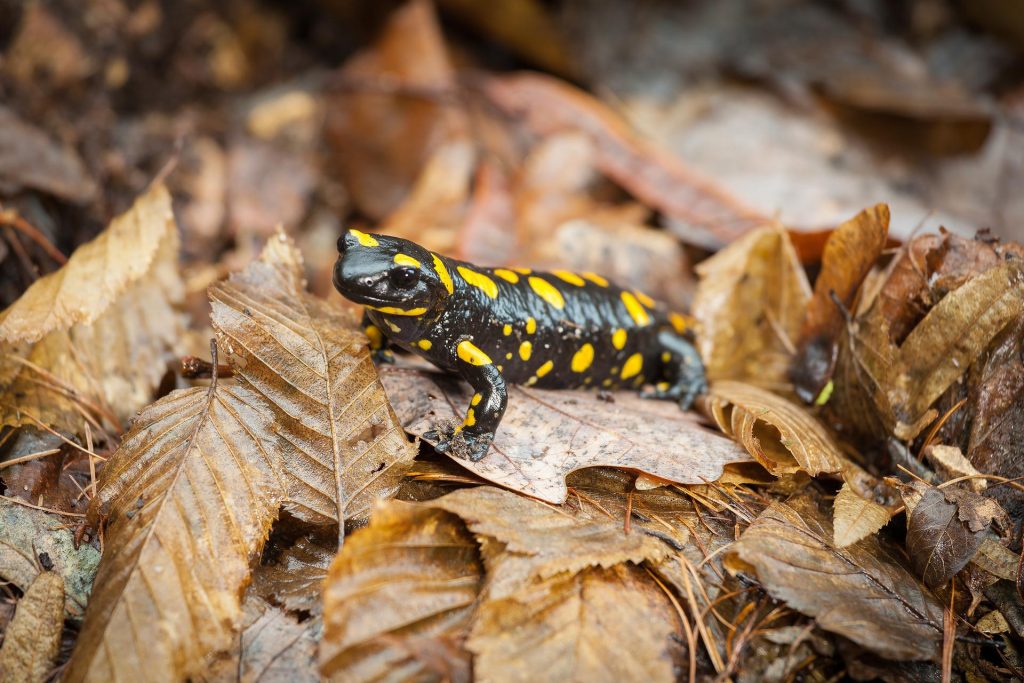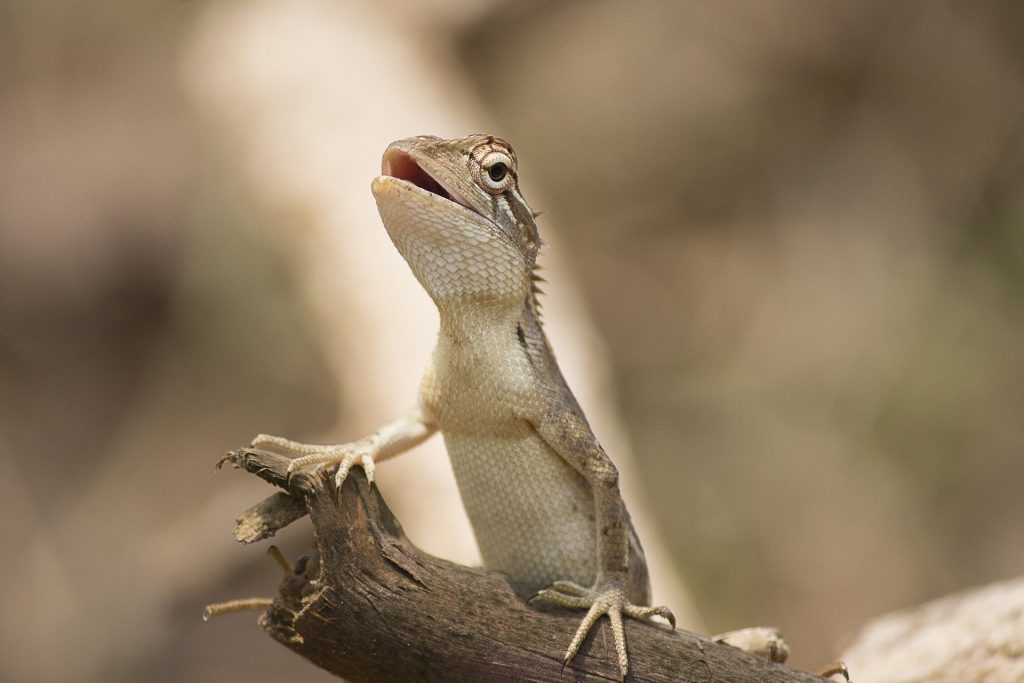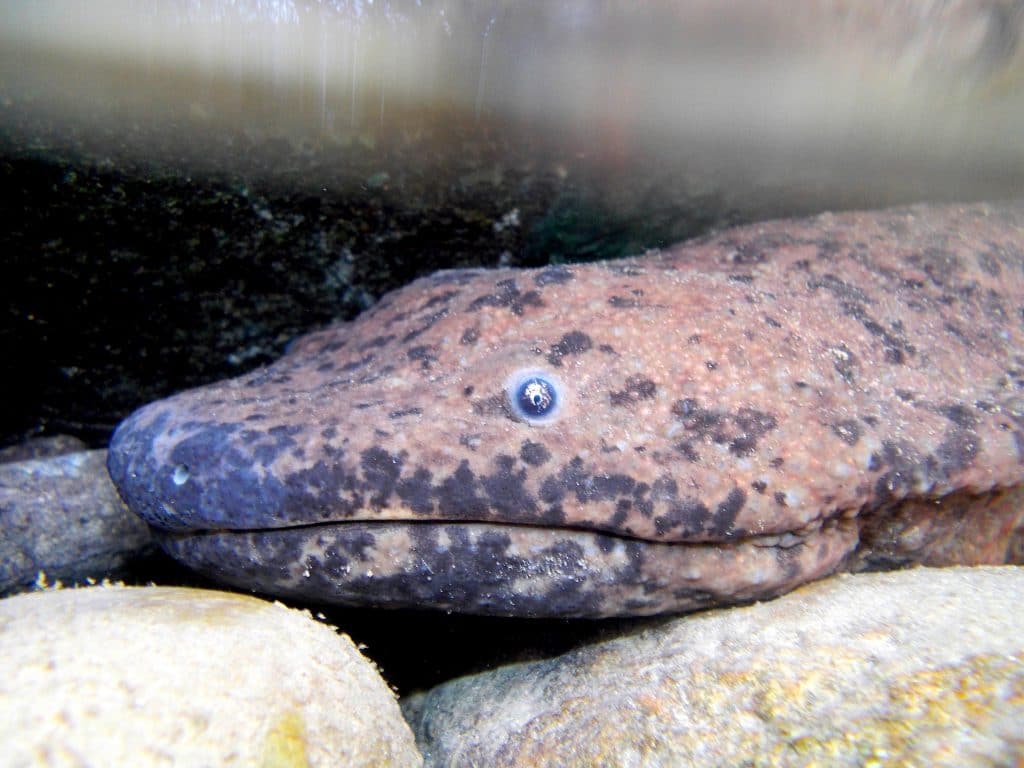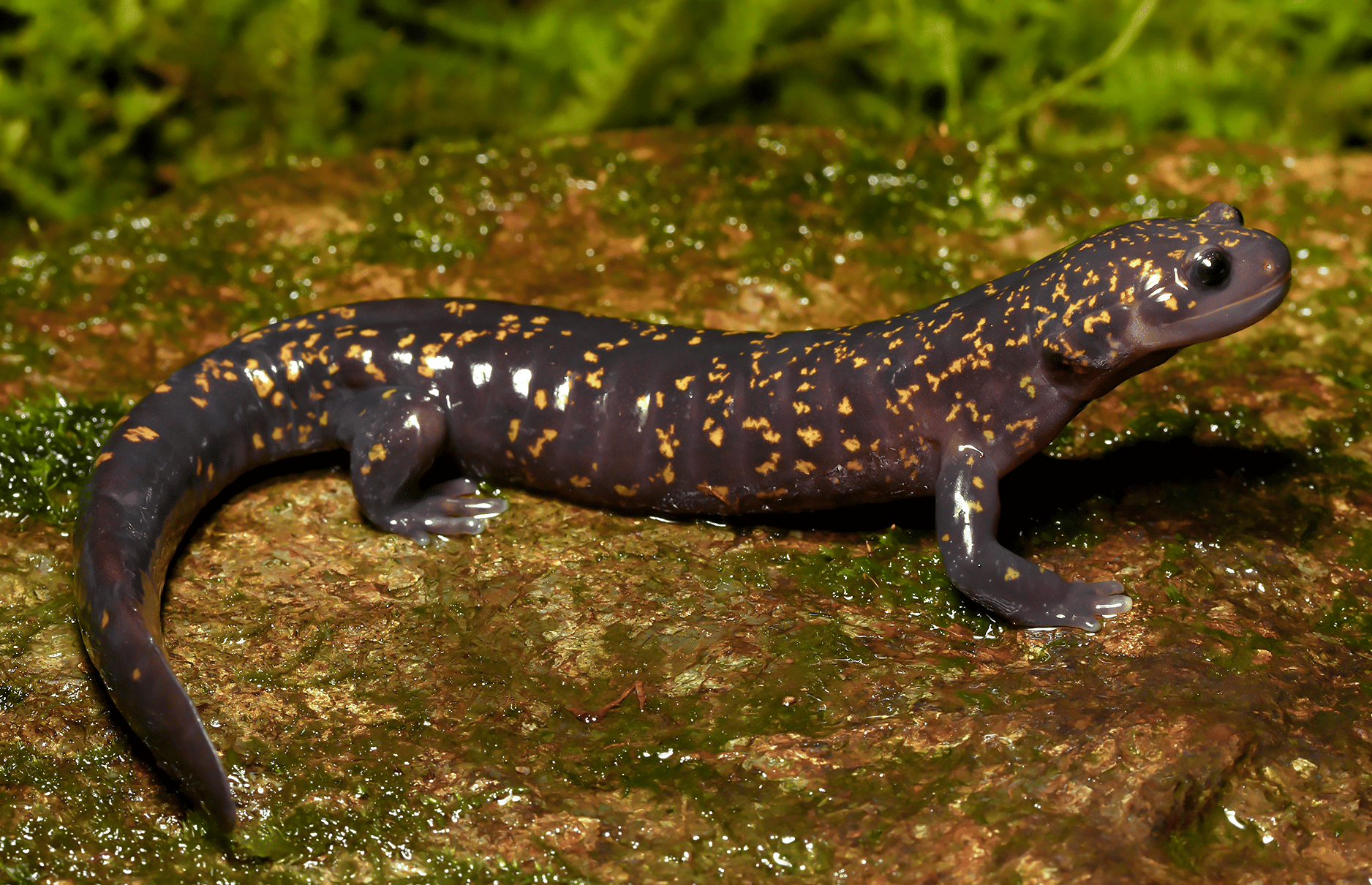Have you ever heard of an animal that was believed to have been born from fire and could pass through fire unharmed?
If you haven’t yet, let me introduce you to the salamander.
According to Old European folklore, salamanders were born from fire and could withstand fire as they were often seen mysteriously crawling out of logs that were thrown onto fires. In fact, the name salamander originated from the Greek word “salamándra‘, which means Fire lizard.
Amazing, right?
Although, as much as this is a fantastic idea, it is only a myth about salamanders. In reality, they’re not born from fire, and they’re definitely not fire-resistant.
Still, salamanders are fascinating creatures, and this is just one of the interesting yet strange things about salamanders. If you still want to know more about salamanders, read on. I’ll share general information you need to know about them, including strange yet interesting facts about them.
Salamanders are amphibians, or cold-blooded vertebrates that can live both on land and water. They belong to the family Salamandridae and the order Caudata (Urodela). In addition, the genus Salamandra comprises ten families: salamanders, newts, sirens, mudpuppies, Congo eels, and many more. There are approximately 600 recognized salamander species, and they are considered the second largest group of amphibians.

People often confuse salamanders with lizards because of the similarities in appearance, such as their long tails and slender bodies. However, these two are far different from each other. Salamanders are amphibians (with toads and frogs), while lizards are reptiles (crocodiles, turtles, and snakes). Also, salamanders have moist, smooth, porous skin without scales, while lizards typically have dry, scaly skin.

Salamanders come in different sizes, but most species are commonly around 4 to 6 inches long. They are also generally four-legged and short-bodied. Their skin may be brightly colored or boldly patterned, commonly exhibiting diverse patterns of dots, stripes, blotches, spots, or bars. And like other amphibians, their skins are permeable to water, and they use it for breathing.

In addition, salamanders can often be seen near water in ponds, brooks, creeks, damp woodlands, or other moist areas. They are also fond of eating small animals, such as snails, worms, and insects.
Salamander Fun Facts
- The largest living salamanders are the South Chinese Giant Salamander (Andrias sligoi), the Chinese Giant Salamander (Andrias davidianus), and the Japanese Giant Salamander (Andrias japonicus). The South Chinese Giant Salamander is considered the world’s largest salamander species and amphibian, growing up to 6 feet long (2 meters). The Chinese Giant Salamander is the world’s second-largest salamander species and amphibian. It is capable of reaching 5.9 feet and 110 lbs. Moreover, the Japanese Giant Salamander is the third largest salamander species and the third-largest amphibian. It can grow from up to 5 feet and weigh 55 lbs.

- Thorius arboreas, also known as the arboreal minute salamander, is considered the smallest salamander. Males will only reach 0.63–0.72 inches, while females will reach 0.60–0.79 inches. It can fit on a single coin!
- Different salamander species have various ways of breathing. Some species breathe through their lungs, while some use their gills. Other species also have neither and breathe through their skin. For example, Ambystomatid salamanders or tiger salamanders have functional lungs, while Spotted salamanders breathe through their gills underwater. In addition, a lungless salamander lacks lungs and only breathes through its permeable skin and its throat and mouth’s mucous membrane.
- Some salamander species like the axolotl can regenerate or grow back their fins and legs, and their damaged organs, skin, and any other body part by reverting their cells in the injured areas to stem cells.

- Most species of salamanders lay eggs in the water and attach them to greenery near a water surface. Depending on the salamander species, some can lay up to 450 eggs. An example is the Santa Cruz long-toed salamander, which can lay 200 to 400 eggs at a time.
- Other salamander species do not lay eggs. Instead, they give birth to live offspring. Examples of these species are the fire salamander and the alpine salamander.
- Depending on the species, salamanders may live from 3 to 55 years. However, a small cave salamander can live up to over 100 years.
- Salamanders use a vital technique called autotomy against predators. They use this ability to escape predators by casting off or dropping a tail or limb as a distraction. As the separated body part will wriggle around for a little while, the salamander will run away, escaping the predator.
- Wandering salamanders, also known as skydiving or parachuting salamanders, can jump from the world’s tallest trees by controlling their movements, moving their limbs, and pumping their tails to slow down the speed of the fall by 10%.







